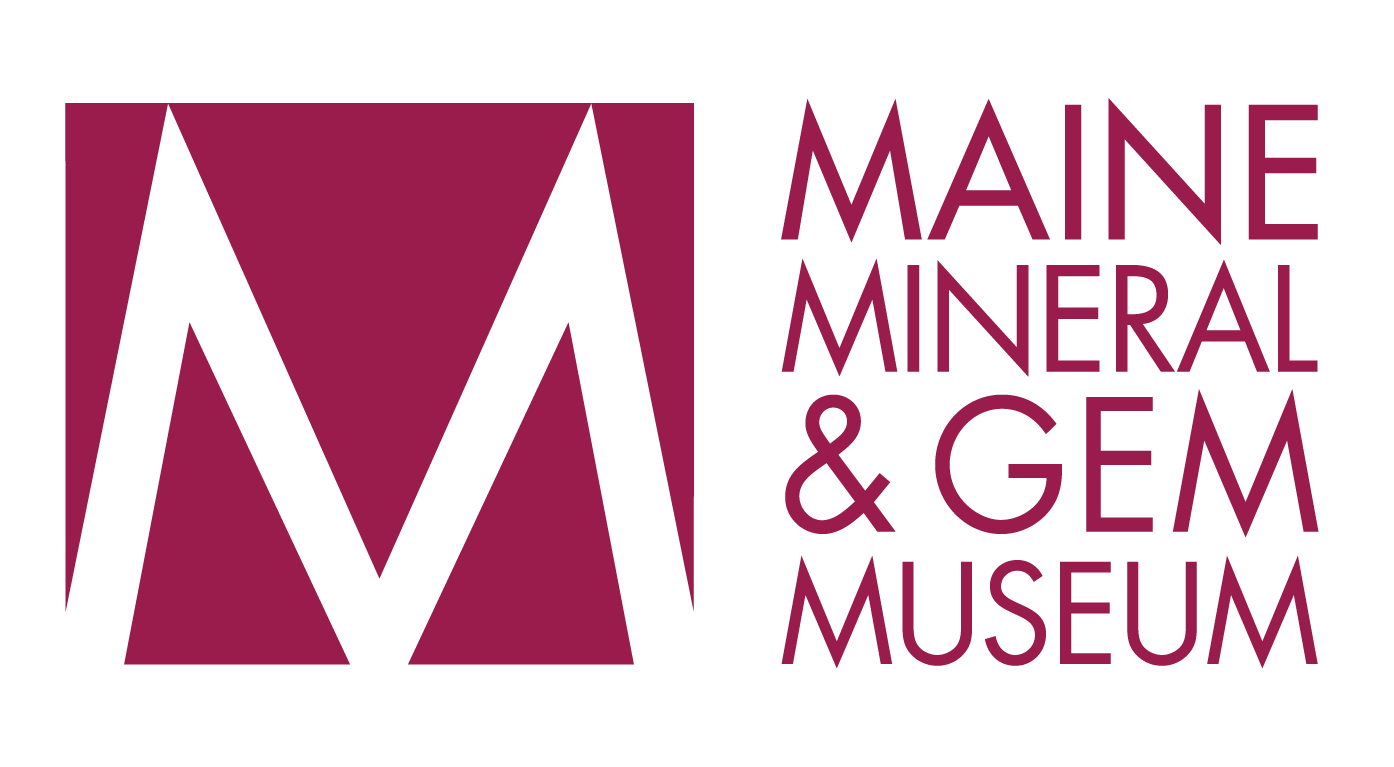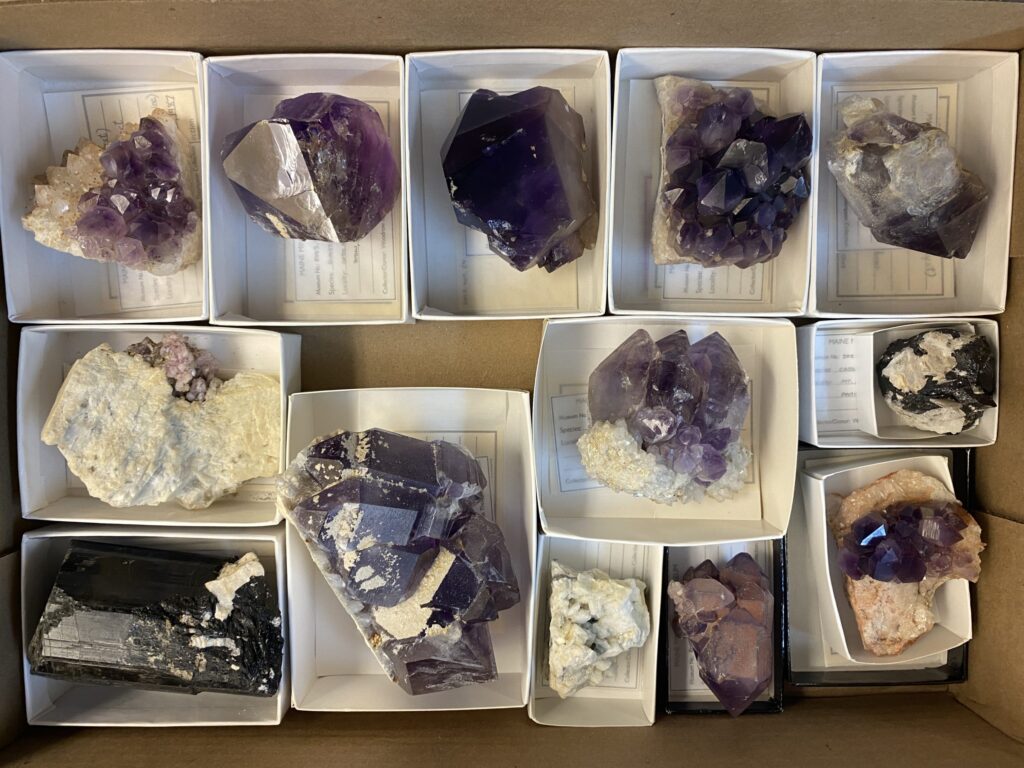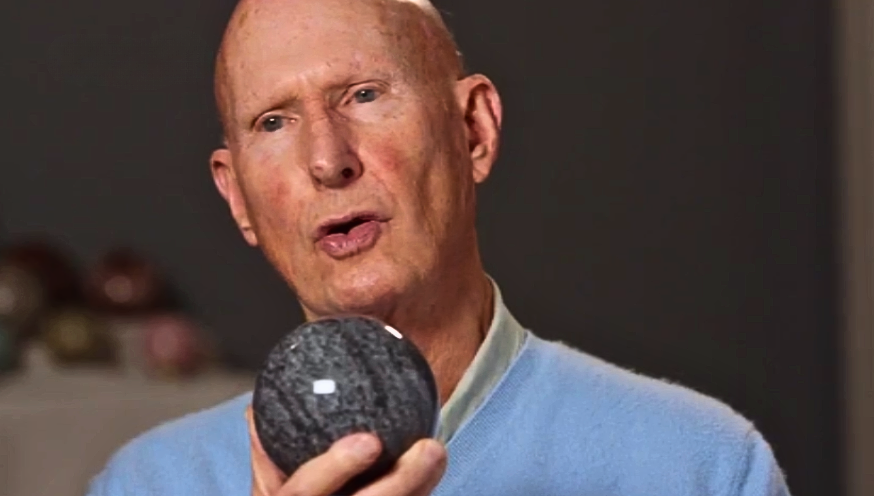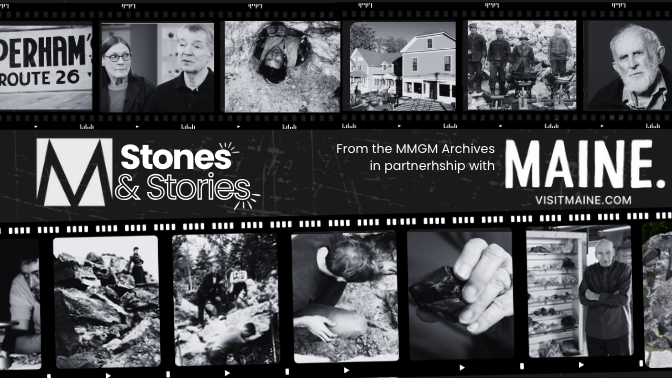Ensures long-term preservation of the lifetime collection of the esteemed field geologist dubbed “Mr. Mineral” for his knowledge and contributions to Maine research.
BETHEL, MAINE — October 2025 — When Maine Mineral & Gem Museum Curator and Staff Geologist Myles Felch began reviewing the museum’s newest acquisition, he said it felt like flipping through a very meticulous — and very long — field notebook.
The Woodrow & Louise Thompson Collection brings together a little over 1,200 mineral specimens diligently assembled over the lifetime of Woodrow “Woody” Thompson, a former geologist with the Maine Geological Survey (MGS).
While the collection includes a handful of striking display pieces, its true strength lies in the details: every specimen is accompanied by carefully recorded dates and localities. That precision fills in gaps in MMGM’s existing holdings, making the collection a vital resource for researchers today and in the future.
“Because the provenance is so good, the collection will be actively useful — not just minerals in boxes, but material that can keep serving researchers and the public.”
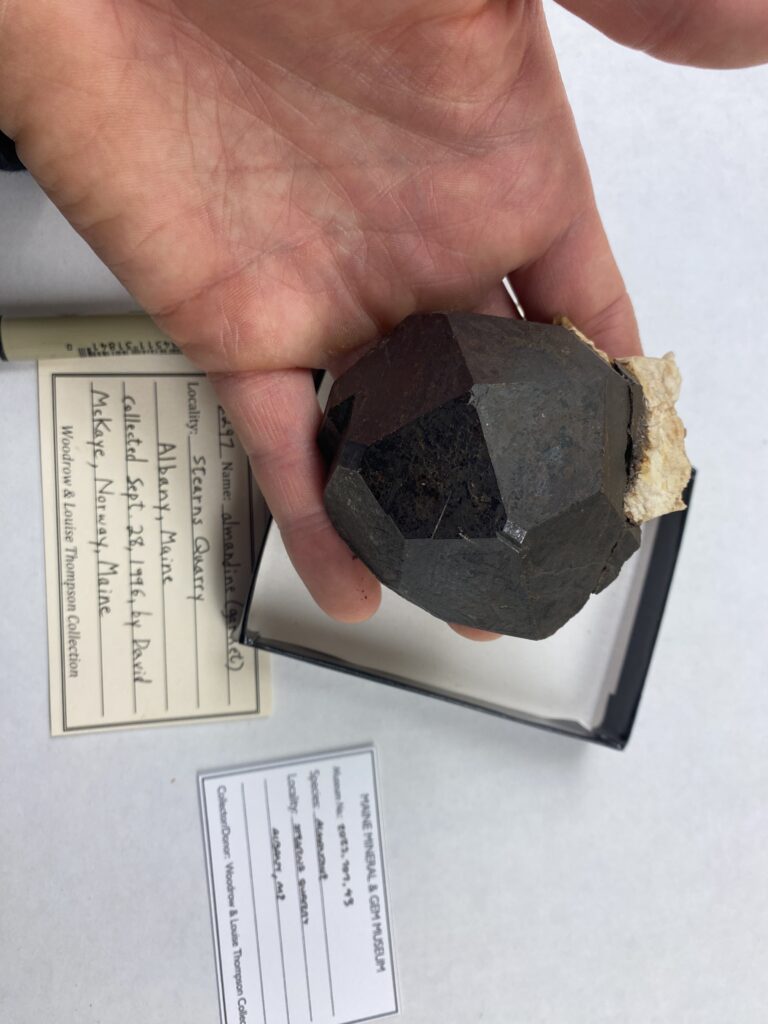
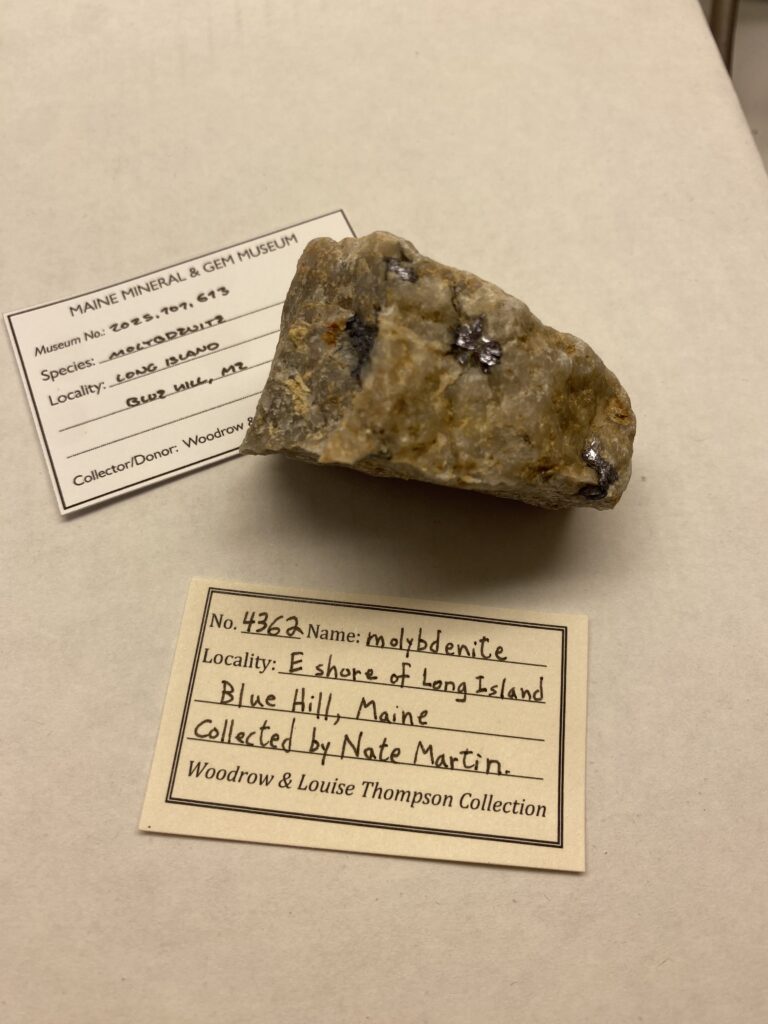
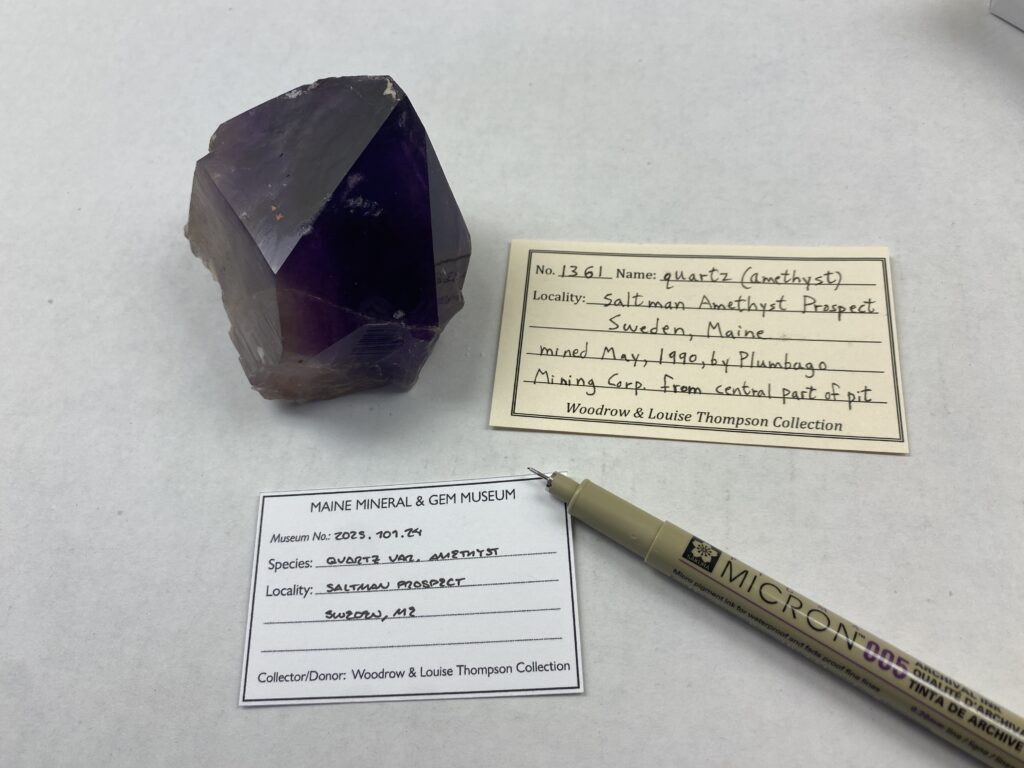
Provenance as Power
A systematic and precise collector, Thomspon’s collection resulted in comprehensive suites of minerals from across Maine. Thompson built sets of beryl, garnet, spodumene, micas, and other species from dozens of different quarries. He assembled a broad ore-minerals suite from Maine’s copper and zinc deposits and preserved rare specimens from coastal miarolitic granites — localities often missing from other collections. Side by side, they let you compare how a single mineral species expresses itself from one pegmatite to the next.
Beyond that, the Thompson Collection dovetails with MMGM’s mission to connect Maine’s rocks and minerals to places and people, providing context for the state’s rich mining and geological heritage. The mineral collection reflects both Thompson’s passion and precision. When Felch said the opportunity arose for MMGM to take ownership, he said it was too good to pass up.
Because Thompson recorded localities and dates with such care, researchers can use these specimens to study deposits that may now be inaccessible or altered. The collection captures variation across localities and pairs each piece with its context, so the science — and the stories — remain intact.
“From both a history and research perspective — it’s very useful,” Felch said. “I might not be able to visit a quarry that’s been shut down for decades, and even if I went, I might not be able to find the mineral I’m interested in. But if Woody collected a beryl there, and he has the date that he did it, I can be very confident — and I can then use that for research purposes.”
Cataloging, Access, and MinDat
Rather than dispersing the specimens or leaving them to storage, Thompson chose to transfer his collection to MMGM to ensure its long-term preservation and public accessibility.
MMGM staff member Natalie Tolls recently completed cataloguing in a month’s time.
There are no plans to display the full collection at this time, but select specimens will be featured in the museum’s “What’s New” case in the Contemporary Mining exhibit. Behind the scenes, MMGM is continuing to photograph and with hopes to eventually post the collection on Mindat.org.
Adding its own collections to the open-source mineral database, which is free to the public, will be a first for the museum, Felch said.
“We haven’t posted museum collections there before. It’s a way to honor Woody’s precision by placing verified Maine mineral data where students, field geologists, and collectors already meet,” Felch said. “Because Woody’s collection is so well-documented, it makes sense to share it there so people all over the world can access this material.”
Educational programming and scientific research are central to MMGM’s mission, Felch said.
Carving a Legacy
Thompson, a surficial geologist, was best known for his work on Maine’s glacial deposits, but he is also a cornerstone of the state’s mineral community. He has authored field guides, maps, and photo records of Maine mineral localities. For more than 20 years, he directed the Maine Mineral Symposium — a precursor to today’s New England Mineral Conference. In 2019, the Geological Society of America’s Northeastern Section honored his career and contributions to New England geology.
Before he retired, he was the “go-to” contact at MGS for mineral-related inquiries.
“Woody is a pretty influential character in the Maine mineral community,” said Felch. “He was kind of ‘Mr. Mineral’ at the [Maine Geological] Survey — the person people called with mineral inquiries. And, he went out into the field to visit both active quarries and new prospects. He’s been a very important figure.”
Felch said he’s excited MMGM will preserve and catalog the careful habits of field geology embodied in Woodrow Thompson’s collecting. The collection, he said, honors Thompson’s lifetime of fastidious note-taking and stewardship, making sure those habits keep serving the next generation.
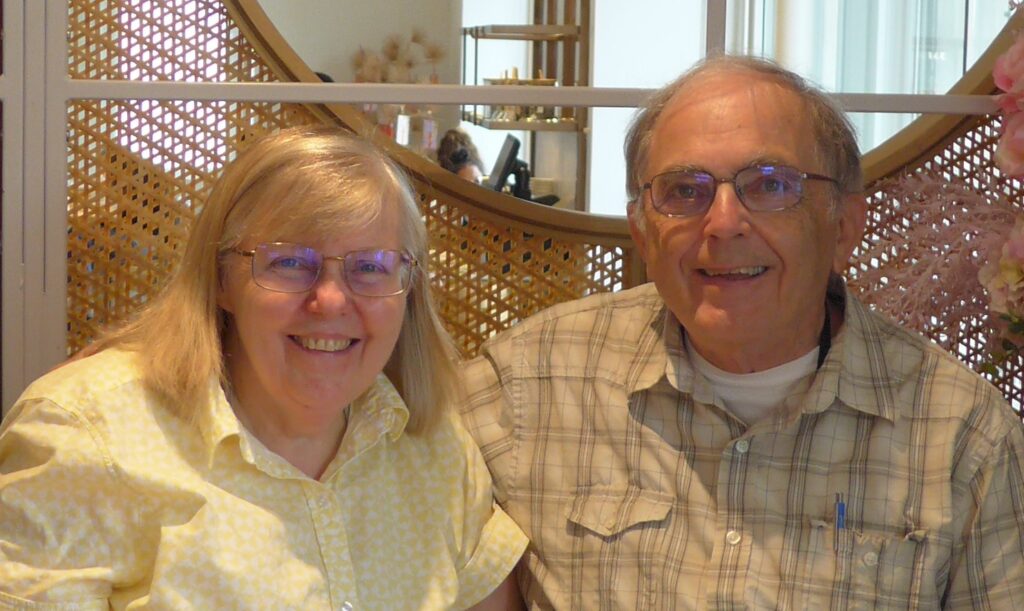
About the Maine Mineral & Gem Museum
Nestled in the heart of Bethel, MMGM is home to the most significant collection of Maine minerals and gemstones in the world. A one-of-a-kind destination where geology, history, science, and education come to life, the museum also boasts the largest display of meteorites in the world, including Moon and Mars rocks. Through hands-on exhibits, expert storytelling, and cutting-edge research, MMGM inspires curiosity in visitors of all ages. Inviting them to explore the incredible story of our planet — and beyond.
For more information, visit mainemineralmuseum.org or follow us on Facebook and Instagram @mainemineralmuseum.
